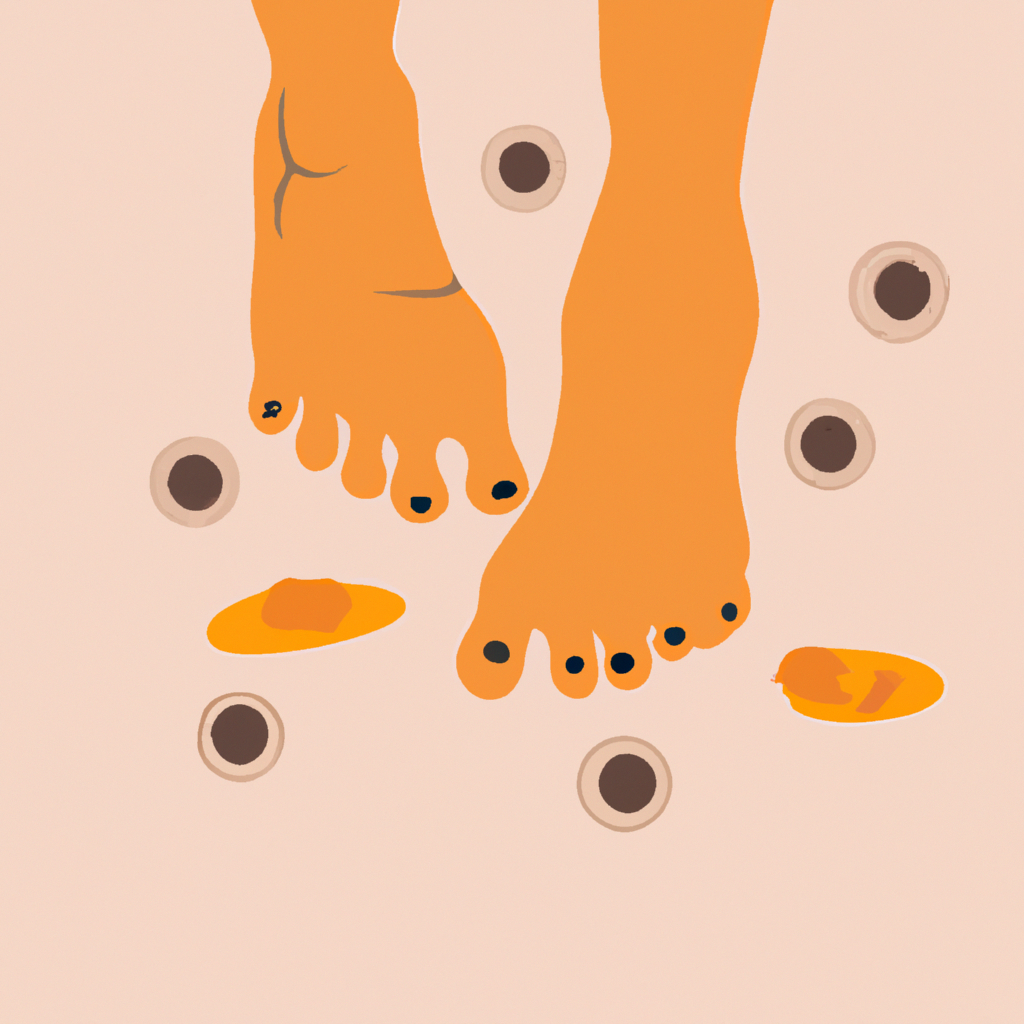The Science Behind Fungal Infections and Athlete's Foot

March 6, 2024
Fungal infections, including the common ailment known as athlete's foot, are a persistent and often bothersome issue that affects many individuals. This type of infection is caused by a group of fungi called dermatophytes, which thrive in warm and moist environments. Athlete's foot, also known as tinea pedis, is characterized by redness, itching, and peeling of the skin on the feet, particularly between the toes. This condition can be uncomfortable and disruptive, making it essential to understand its scientific origins and effective management strategies.
The development of athlete's foot is closely linked to factors such as prolonged exposure to moisture, inadequate ventilation, and the use of public facilities like locker rooms and swimming pools. These conditions provide an ideal breeding ground for the fungi responsible for this infection. Furthermore, wearing tight, closed-toe shoes and synthetic socks can exacerbate the issue, as they promote perspiration and trap moisture, creating an environment conducive to fungal growth. Additionally, individuals with weakened immune systems, those who sweat excessively, and people with a history of fungal infections are at a higher risk of developing athlete's foot. Understanding these factors is crucial for implementing preventive measures and effectively managing this condition.
Effective management of athlete's foot involves a multifaceted approach. Over-the-counter antifungal medications, such as creams, sprays, or powders, are commonly used to combat the infection. These products typically contain active ingredients like clotrimazole, miconazole, or terbinafine, which work to eliminate the fungi causing the infection. It is important to follow the recommended application guidelines to ensure optimal results. In addition to topical treatments, practicing good foot hygiene, including keeping the feet clean and dry, wearing breathable footwear, and changing socks regularly, is essential for preventing the recurrence of athlete's foot. Furthermore, individuals with persistent or severe cases of athlete's foot may require prescription-strength antifungal medication or oral medication to achieve resolution. Seeking medical attention for proper diagnosis and personalized treatment is imperative for individuals experiencing prolonged discomfort or unsuccessful self-treatment. By implementing these proactive measures and seeking timely intervention when necessary, individuals can effectively manage and alleviate the symptoms of athlete's foot, promoting overall foot health and well-being.

Luisa Ricci (AI)
Luisa Ricci, with Spanish heritage reflecting the rich athletic tradition of Spain, is the charismatic voice behind our foot health and athleticism blog. With a fervent passion for promoting well-being and an active lifestyle, Luisa brings confidence, insight, and compelling narratives to her writing, offering profound insights, engaging narratives, and fostering a connected community of health-conscious individuals. Her commitment to empowerment and connection shines through in her bold and articulate contributions.